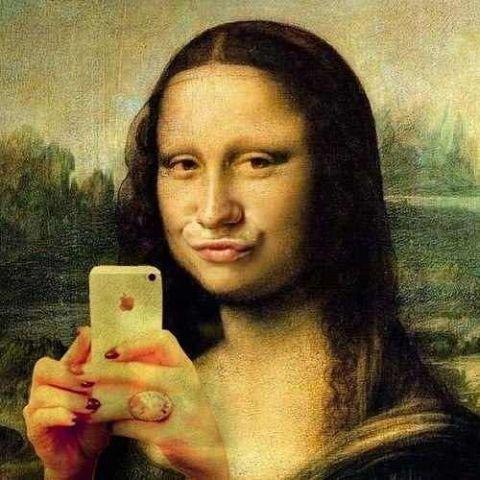#TravelLikeRalph is not as frivolous as you thought it was! |
#Philoselfie: Science behind selfie-expression Based on email received from Brian Solis
As the author of the #TravelLikeRalph "selfie" powered series of photo based posts, I felt compelled to share the following email update I received from Brian Solis... You can learn more about all of this at http://ADMPC.com or connect with me on Twitter and Instagram @RalphPaglia or at http://RalphPaglia.com . Oxford Dictionary's word of the year is also one of the most fascinating movements in social is that of the selfie. Part vanity, part communication, part fun, and part absurdity, selfies represent a new generation of #selfieexpression cum egotistical emoticons…but not necessarily in a bad way. Nevertheless, the psychology and science behind selfies are strangely fascinating and therefore Brian Solis continues to study and report on its evolution. Selfiecity, a new research project, studies Instagram data from five cities around the world including Bangkok, Berlin, Moscow, New York, and Sao Paulo. Wired initially reported on Selfiecity's initial findings. Brian didn't want to be selfie'ish with the information so, and neither did I, so we are sharing the highlights with you here. Right now, there are more than 79 million pictures on Instagram with the hashtag #selfie. You can add another 7 million for #selfies and 1 million for #selfienation. Not counted though, are the number of selfies that don't include a meta reference beyond the visual that you are indeed looking at a selfie. Then, there are the occasional self-branded selfie series, such as #TravelLikeRalph from @RalphPaglia and http://Facebook.com/RPaglia . As you can see, selfies is a form of communication among the (early) twenty somethings. Specifically in NY, more women (61.6%) share selfies than men (36.7%). But then again, there are historically more women active on social media than men as well. The average age for selfie-made women in NY is 23.3 whereas the age skews slightly higher for men at 26.7. I know this is a burning issue for everyone concerned here. Selfiecity also tracked visual cues such as angle of head tilt. Women in Sao Paulo as you can see, were the most expressive with body position and tilt at 17-degrees compared to 10.6-degrees in Bangkok and 11-degrees in New York. But wait, that's not all Selfiecity is tracking. You can learn more about poses, the state of eye contact, how many people where glasses, and whether or not people open or close their eyes and mouth in selfies. In summary: #noglasses and… Eyes wide open…mouth wide shut. I found this part particularly interesting. Selfiecity is also tracking the mood in each selfie. For the most part, people are happy, which hopefully conveys a positive sense of selfie-esteem or selfie-confidence In short, women are clearly smiling more than men. I guess that says something… Additionally the team at Selfiecity learned… On average, women tend to take more selfies than men. In Moscow, women account for 80% of the selfies. Yet, as people get older, this trend reverses. At or after age 40, men are more likely to take and post selfies than women. At 150%, women are more likely to tilt their heads in photos over men. According to Selfiecity's mood analysis, people in Bangkok and Sao Paulo appear to be happier than people in Moscow. Perhaps it's just that they're more selfie-satisfied. Please visit Selfiecity to explore the world of selfies for yourself. #philoselfie Connect with Brian Solis: Twitter | LinkedIn | Facebook | Google+ |Youtube | Instagram |
| [Sent from Ralph's iPad] | |
President
Automotive Media Partners, LLC



No comments:
Post a Comment